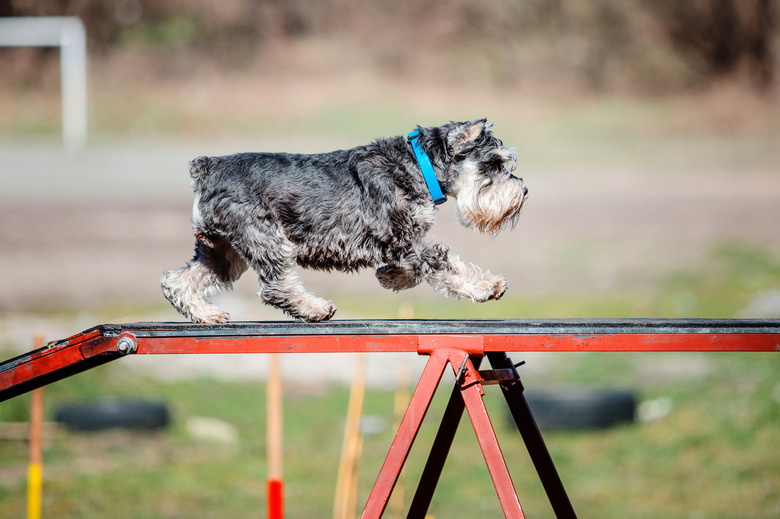High Globulin Levels In Dogs
Globulin is a protein in your dog's blood produced by white blood cells in their immune system. A high globulin level in a dog's bloodwork indicates that their immune system is working overtime. They may be potentially battling infection or inflammation. Cancer, heartworm infection, and dental disease all cause an immune response, which can result in elevated globulin levels. An elevated globulin level could be diagnosed at a routine annual visit for vaccinations or when your dog is showing clinical signs, like weakness, skin lesions, indigestion, enlarged lymph nodes, or allergies.
Measuring blood globulin in dogs
Measuring blood globulin in dogs
Your dog's blood contains three major groups of proteins: fibrinogen, albumin, and globulin. There are dozens of types of globulin produced by the immune system. Some of these are antibodies, like IgA, IgG, and IgM, which are also called immunoglobulins.
Each globulin has a specific function. Some of these functions are blood clotting, transporting nutrients, and responding to infection or inflammatory conditions. In addition to the total blood globulin level, total protein — the amount of proteins in the blood — and the albumin/globulin ratio can provide valuable information to your veterinarian about your dog's health.
Normal globulin ranges in dogs
Normal globulin ranges in dogs
The normal range of total blood globulin in a dog is between 1.6 and 3.6 g/dL. A normal total protein range is 5.0 to 7.4 g/dL, and a normal albumin/globulin ratio is between 0.8 and 2.0. Usually, there is more albumin present relative to globulin; however, if the albumin is normal and there is a significantly higher level of globulin on your dog's blood test, the level will drop to well below a 1 to 1 ratio. Checking the albumin/globulin ratio acts as a bit of a double-check for the veterinarian, bolstering an abnormal globulin level.
High globulin levels in dogs
High globulin levels in dogs
An elevated globulin level, called hyperglobulinemia, indicates immune system overactivity. There are a host of reasons your dog's globulin level may be higher than normal, just a few of which include:
- Infectious diseases, like canine heartworm
- Chronic liver disease
- Ehrlichia infection (also called Ehrlichiosis), which is a bacterial infection of the white blood cells
- Autoimmune diseases, such as lupus, which cause skin lesions
- Diabetes
- Corticosteroids
- Gut disorders, called enteropathies
- Severe or chronic periodontal disease
- Chronic infections and inflammations
- Certain types of cancer or neoplasia, like leukemia, lymphoma or multiple myeloma.
The high globulin number is not the only important value considered. The veterinarian will look at the dog's total protein value. An elevated total protein value can indicate dehydration, chronic inflammation, infection, and immune system cancers. The conditions causing the higher globulin and total protein level can push the albumin/globulin ratio lower than normal.
Making a diagnosis for your dog
Making a diagnosis for your dog
A high protein level on its own won't provide the veterinarian enough information to confirm a diagnosis. In addition to the albumin/globulin ratio and the total protein value, the veterinarian will consider the other information in your dog's chemistry as well as their symptoms and medical history. A CBC will also be used to check lymphocyte counts and to see if your dog has anemia or other abnormalities.
Special tests, such as a bone marrow exam, serum protein electrophoresis, and a heartworm test, also may be conducted to determine a diagnosis. When the cause of a dog's elevated globulin is determined, your DVM can recommend a treatment regimen.
The bottom line
The bottom line
Globulin is one of three major proteins in your dog's blood. There are many reasons for elevated globulin levels in dogs, such as chronic infections, canine heartworm, certain types of cancer, and chronic liver disease. Your pet will also be closely evaluated for common causes of high globulin, like being on corticosteroids. In addition to a physical exam to check for abnormalities, like enlarged lymph nodes, tumors, or dental infection, special tests, like a bone marrow exam, may be performed to arrive at a diagnosis. After determining the reason for the high globulin level, an appropriate treatment plan will be recommended.

